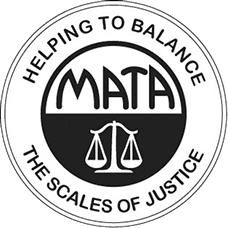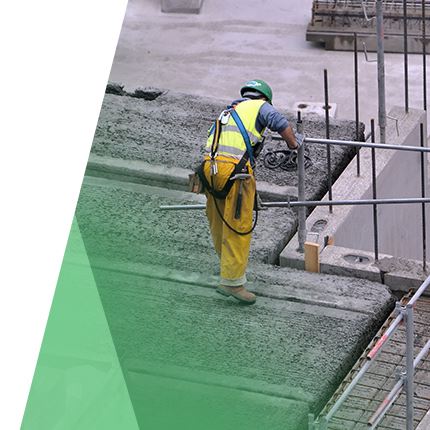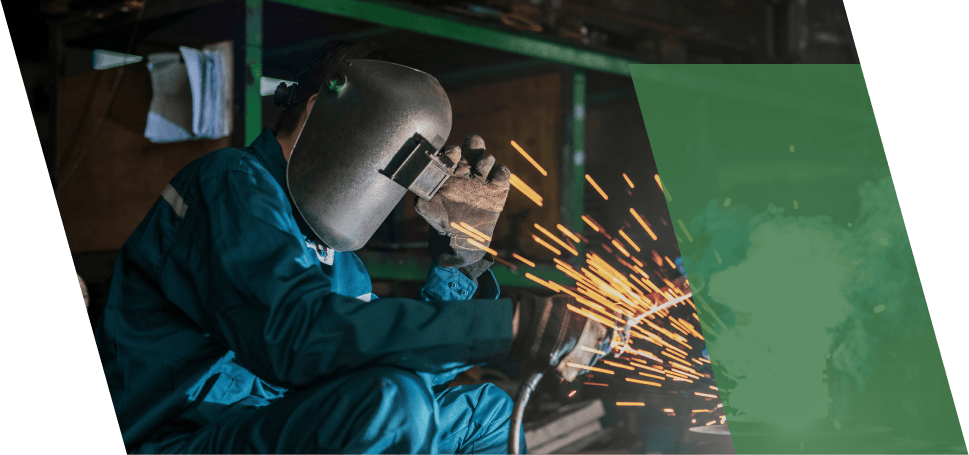Railroad Workers
At Risk Occupations
Railroad Workers and Asbestos Exposure
Occupational Asbestos Exposure for Railroad Workers
Throughout most of the 20th century, asbestos could be found in a variety of equipment and products used by the railroad industry. It was commonly used in the construction of trains and steam engines and was found in everything from brake pads and rail ties to insulation, gaskets, and rail car flooring. As a result, railroad workers faced significant risks of being exposed to the mineral and developing serious health conditions such as mesothelioma and lung cancer.
SWMW Law serves railroad workers and families across the nation. To speak with an attorney about your legal options, call (855) 744-2656 or contact us online for a FREE consultation.
How Railroad Workers Were Exposed to Asbestos

Engineers

Conductors

Dispatchers

Yardmasters and Station Masters

Brake Operators / Brakemen

Signal Switch Operators / Switchmen

Safety Engineers

Railway Electricians

General Laborers

Car Couplers

Clerks

Inspectors

Mechanics

Millwrights and Machinists

Maintenance Workers

Locomotive Firers

Roadhouse Workers

Boilermakers

Blacksmiths

Welders

Train Crews

Track Crews
"At SWMW Law, people really do matter."
- Lois M.
"My deepest gratitude to the attorneys and everyone who are working on my husband’s case for him."
- Jeanne M.
"At SWMW Law, people really do matter."
- Lois M.
"My deepest gratitude to the attorneys and everyone who are working on my husband’s case for him."
- Jeanne M.
"At SWMW Law, people really do matter."
- Lois M.
"My deepest gratitude to the attorneys and everyone who are working on my husband’s case for him."
- Jeanne M.
Sources of Asbestos Exposure for Railroad Workers

Boilers and Fireboxes

Brakes Pads and Brake Linings

Clutches

Ceiling Tiles and Floor Tiles

Wallboards and Paneling

Cement Rail Ties

Gaskets and Packing

Thermal Insulation

Pumps and Valves

Paint, Sealant, and Adhesives

Steam Engines






How Railroad Workers Were Exposed to Asbestos

A 1991 study published in Toxicology and Industrial Health analyzed mesothelioma cases in railroad workers, machinists, and other laborers exposed to asbestos in Italian railroads and found that asbestos present in rail equipment posed significant health risks to workers. The study also stressed the gravity of the risks and the need for preventative measures, medical monitoring, and further investigations into asbestos in the railroad industry.

A 1988 study published in the American Journal of Industrial Medicine found significant incidences of mesothelioma among railroad machinists and other railroad workers. The study, which took care to note that there are increased cancer risks wherever there is exposure to asbestos, regardless of job title or duties, also contained accounts of railroad machinists exposed to asbestos dust while servicing steam cranes and locomotives.

A 1985 study of nearly 400 railroad workers found railroad workers are a group at risk for asbestos-related disease. This includes mesothelioma and other health problems such as pleural plaques, breathing difficulties, and chronic bronchitis associated with asbestos exposure.
Compensation for Railroad Workers Exposed to Asbestos

Past medical bills

Future medical expenses

Lost wages or lost financial support

Pain and suffering

Loss of consortium and emotional injuries

Other economic and non-economic losses

FELA Claims. Claims filed under the Federal Employers’ Liability Act (FELA) can be a viable option for railroad workers diagnosed with occupational illnesses like mesothelioma. FELA claims are governed by a unique set of rules and procedures and require workers to prove that their employer’s negligence caused or contributed to their illness. Some examples include failure to provide adequate personal protective equipment (PPE), comply with safety regulations, or warn workers about hazardous conditions.

Asbestos Trust Fund Claims. After decades of exposing workers to asbestos-containing products they knew to be harmful, asbestos companies were ordered to fund trust accounts created specifically to compensate victims harmed by asbestos exposure, as well as families who lost loved ones to asbestos-related diseases. These funds can provide meaningful compensation to railroad workers and their loved ones.

Civil Lawsuits. Civil personal injury and wrongful death lawsuits allow victims to recover financial compensation for various economic and non-economic losses. These lawsuits can be based on negligence, product liability, or other causes of action, and generally require plaintiffs to prove their claims in accordance with a certain legal standard. Civil lawsuits against asbestos suppliers, manufacturers, and other liable parties can be a viable option for railroad workers when FELA claims against employers are not possible.

Pain and suffering

Loss of consortium and emotional injuries

Other economic and non-economic losses

Amtrak

Atchison, Topeka and Santa Fe Railway

Birmingham Southern Railroad Company

BNSF Railway Co.

Carolina & Western Railway Co. Inc.

Chesapeake and Ohio Railway Company

Conrail

CSX Transportation

Elgin, Joliet & Eastern Railroad Co.

Iowa Interstate Railroad Ltd.

Kansas City Southern Railway Company

Metro-North Commuter Railroad Co.

Seminole Gulf Railway

Transtar Inc.
Examples of Our Results

$11.5 million trial verdict for a U.S. Navy machinist diagnosed with mesothelioma.

$9.7 million trial verdict for a client diagnosed with mesothelioma due to take-home exposure.

$7 million settlement for a union insulator diagnosed with mesothelioma.

$3.4 million settlement for a Missouri heavy equipment mechanic and maintenance worker diagnosed with mesothelioma.



Because We Are Different.

Decades of Cumulative Experience
Our team is comprised of dozens of highly talented and experienced attorneys ready to fight for your best outcome.

Thousands of Clients Represented
Over the course of our firm's experience, we have helped thousands of victims and their families recover.

National Reach
We come to you wherever you are in the United States to help you and your family recover.

Resources + Personal Attention
A senior partner of our firm will be involved in your case, utilizing a team approach with massive resources uniquely applied to your case.
Free Consultations Available 24/7
Because
Justice Matters.
Whether you have questions or you’re ready to get started, our legal team is ready to help. Complete our form below or call us at (855) 744-2656.


